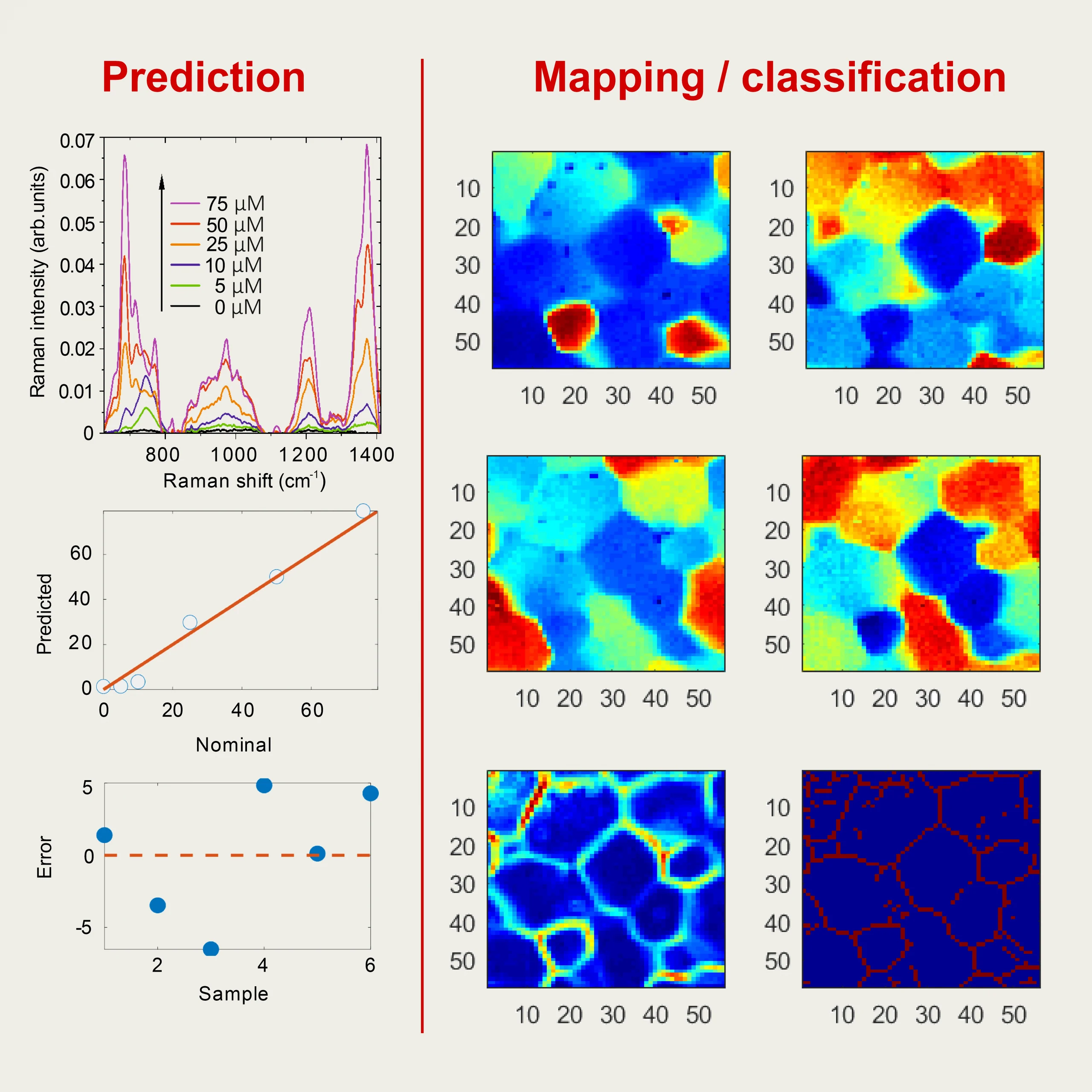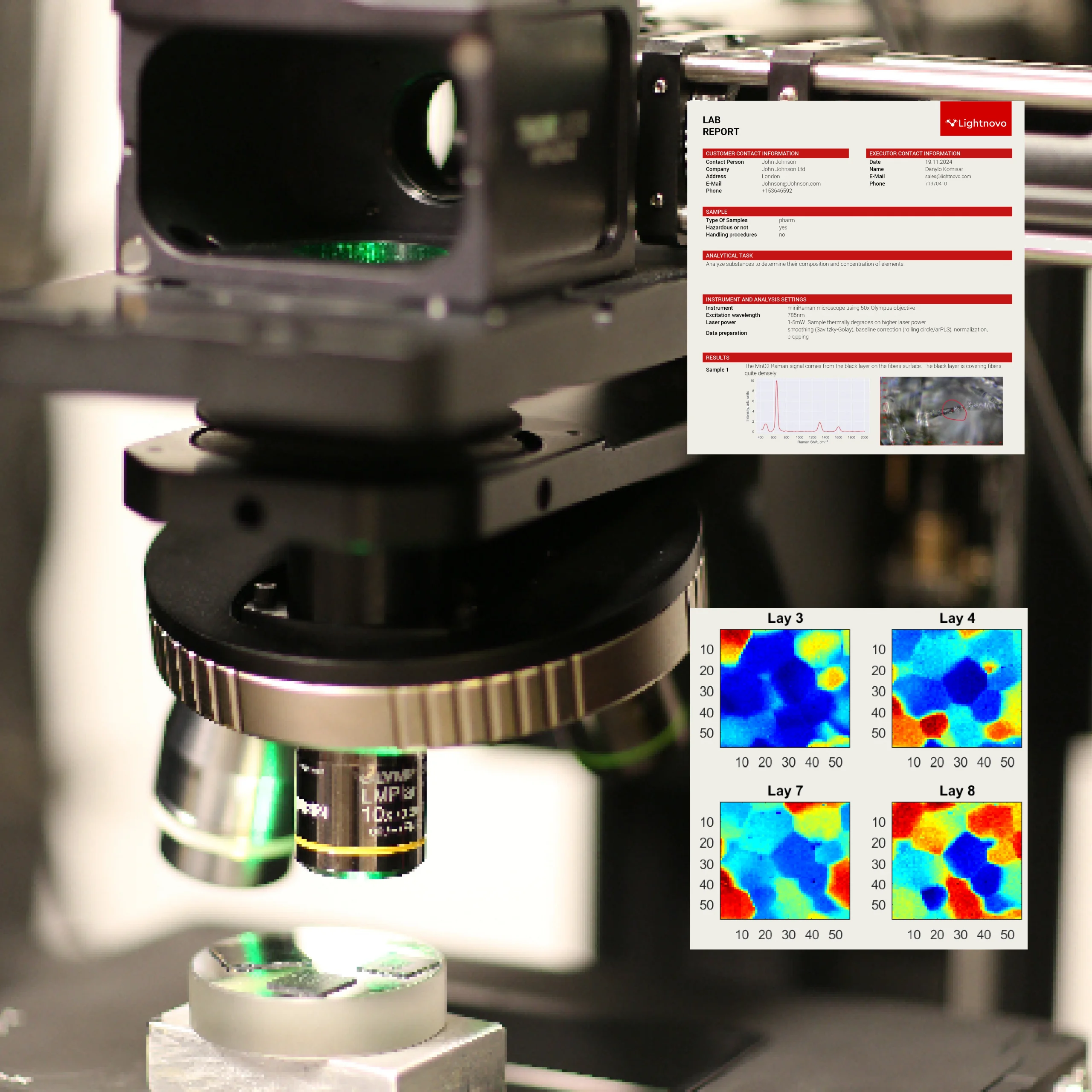Laboratory Analysis
What we offer What we offer What we offer
High-Quality Measurement and Expert Analysis
Exclusive Access to Advanced Instruments
Benefit from state-of-the-art technology that ensures precise measurements.
Expert Handling
Our specialists operate under rigorously controlled conditions, providing accurate and precise results.
Deep Expertise
Gain insights from professionals experienced in both the technical aspects of our instruments and their practical applications.
Customized Reporting
Receive detailed, clear, and tailored reports that make data easy to understand and apply to your projects.
Cost Efficiency and Operational Excellence
Reduce Capital Expenditure
Eliminate the need for equipment purchases, opting for our OPEX model instead.
Operational Savings
Avoid ongoing costs associated with equipment maintenance and upgrades.
No Need for Specialized Recruitment
Save on recruiting and training specialized personnel, as our team covers all necessary expertise.
Laboratory Analysis
Why Choose Lightnovo’s Services? Why Choose Lightnovo’s Services? Why Choose Lightnovo’s Services?
Reliable Support
Core Focus
Smart Costing
Data Collection (DC) Data Collection (DC) Data Collection (DC)
Requirements
Customer must supply samples
Lab services contract
NDA (on request)
Outline of commitment
Meeting with customer to outline scope
- Outline of expectation and desires
- Specific instruments of interest (if applicable)
- Collect spectra from samples as defined by scope
Deliverables
Spectra files collected report including:
- Scope of work
- Sample preparation
- Difficulties during analysis
- Acquisition parameters
- File naming convention
- Product recommendation
Price Model
Minimum 7.5hrs – EUR 825
Price / extra H* – EUR 110 /H (ex. VAT)
agreed with the customer


Data Collection (DC) Data Collection (DC) Data Collection (DC)
Requirements
Data collection package
Outline of commitment
Meeting with customer to outline scope
- Analysis desired (e.g. peak information, classification or prediction)
Perform analysis as defined by scope
- Peak fitting and/or MVDA (e.g. PCA, PLS)
Deliverables
report including:
- Brief report from DC package
- Analysis methodology
- Results and discussion
- Conclusion
Price Model
Minimum 7.5hrs – EUR 825
Price / extra H* – EUR 110 /H (ex. VAT)
*Total number of hours spent will be agreed with customer N.B. Price does not include DC package.
Sign up for our newsletter
By clicking Sign Up you're confirming that you agree with our Privicy Policy.